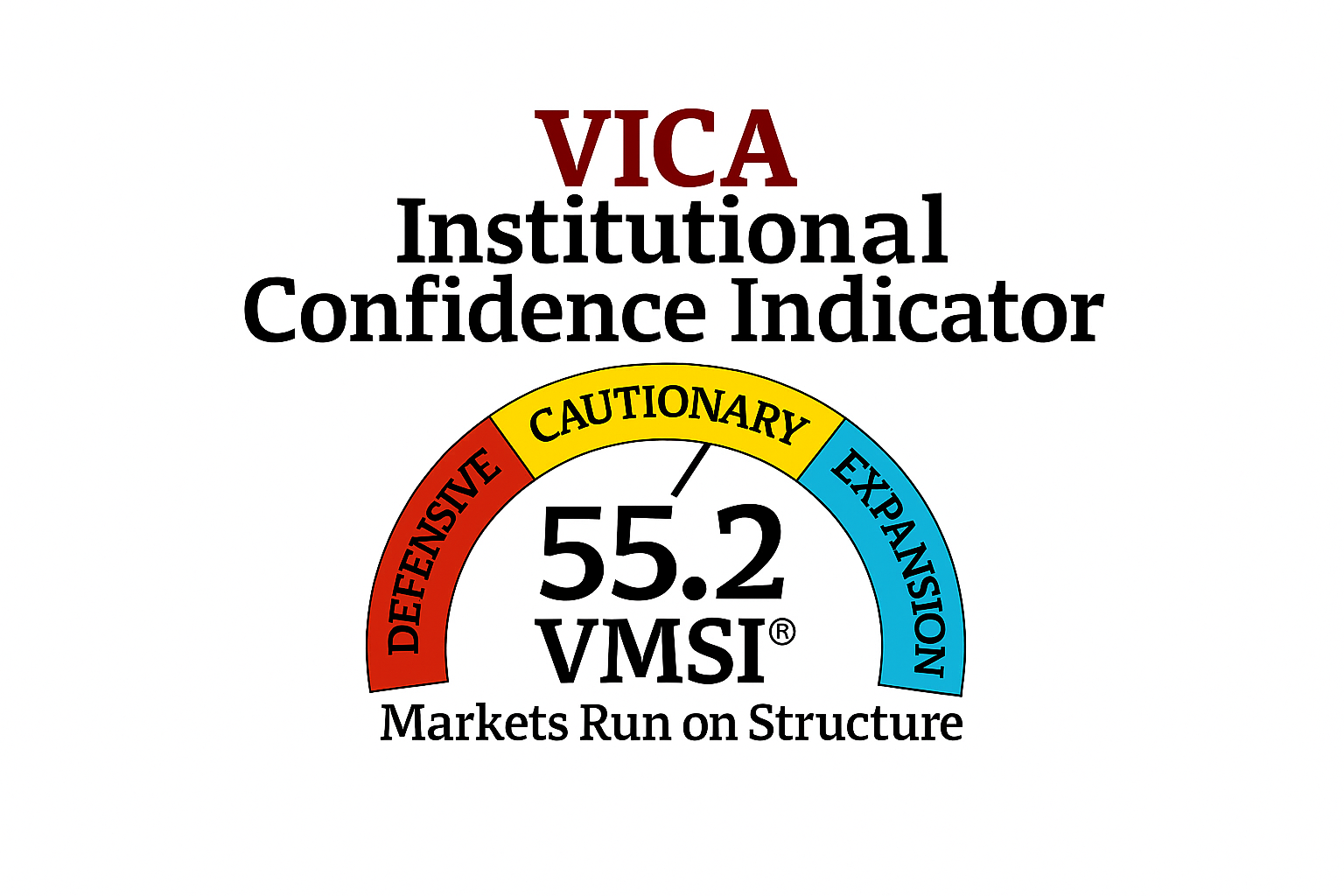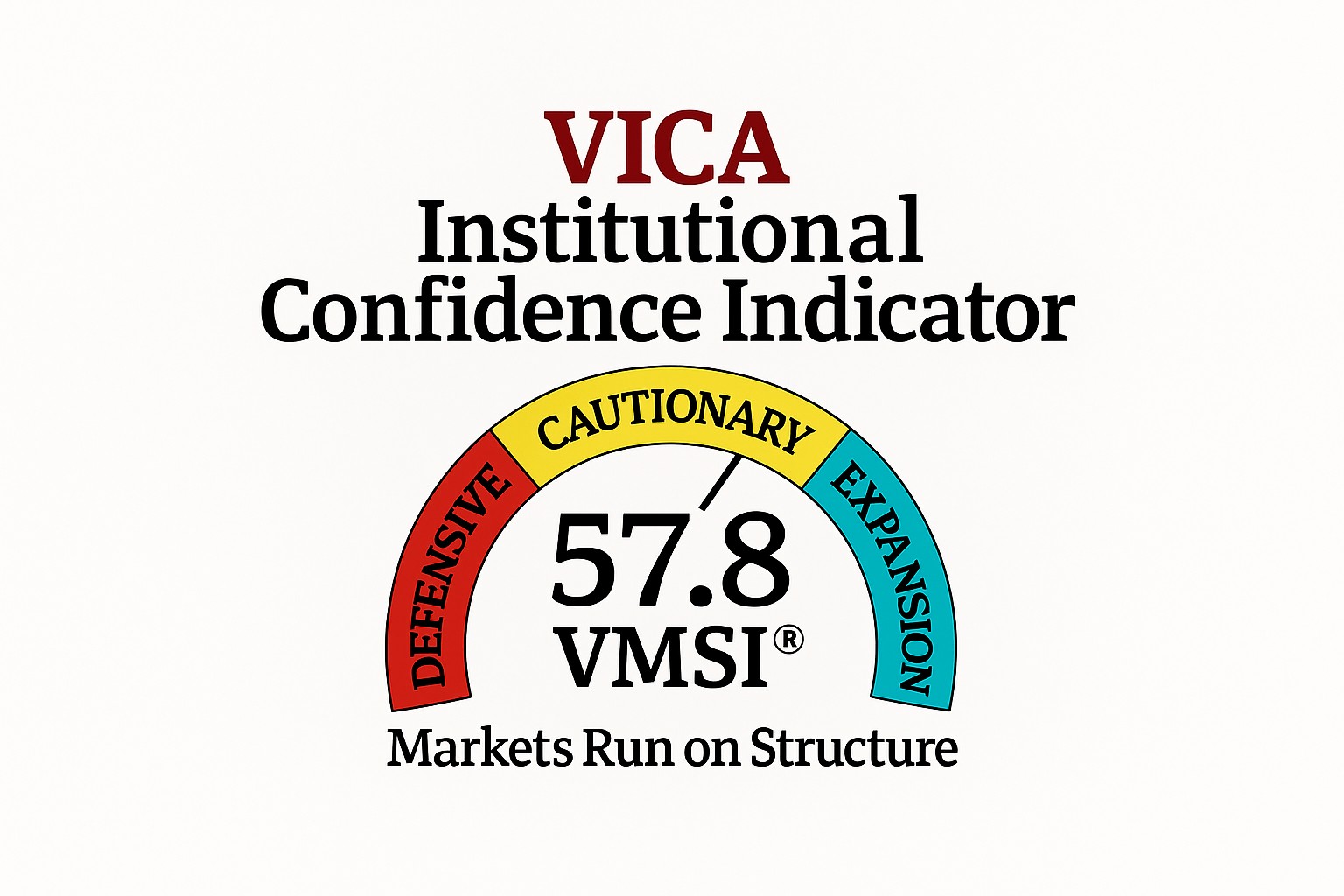101 SERIES
Mathematical finance, also known as quantitative finance and financial mathematics, is a field of applied mathematics, concerned with mathematical modeling of financial markets.
There are two separate branches of finance that require advanced quantitative techniques: 1. Derivatives pricing 2. Risk and portfolio management.
Mathematical finance focus in within the fields of computational finance and financial engineering. Financial engineering on applications and modeling with the help of *stochastic asset models while mathematical finance on analysis, and building tools of implementation for the models. While quantitative investing relies on statistical and numerical models and machine learning as opposed to traditional fundamental analysis for portfolios.
* A stochastic investment model tries to forecast how returns and prices on different assets or asset classes, (e. g. equities or bonds) vary over time.
Modern History
Mathematical finance emerged as a discipline in the 1970s, following the work of Fischer Black, Myron Scholes and Robert Merton on option pricing theory. Mathematical investing originated from the research of mathematician Edward Thorp who used statistical methods to first invent card counting in blackjack and then applied its principles to modern systematic investing.
Use Case
Generally, mathematical finance applies mathematical or numerical models without establishing a link to financial theory, taking observed market prices as input.
For example, while a financial economist would study the market reasons why a company may have a certain share price, a financial mathematician may take the share price as a given, and attempt to use stochastic calculus to obtain the corresponding value of derivatives of the stock.
Q versus P
There are two separate branches of finance that require advanced quantitative techniques: derivatives pricing, and risk and portfolio management. The main differences is that they use different probabilities such as the risk-neutral probability (or arbitrage-pricing probability), denoted by “Q”, and the actual (or actuarial) probability, denoted by “P”.
Q World
The goal of derivatives pricing is to determine the fair price of a given security in terms of more liquid securities whose price is determined by the law of supply and demand. Once a fair price has been determined, the sell-side can make a market on the security. Derivative pricing is an exercise to define the current market value of a security.
P World
Risk and portfolio management is at the core the derived probability distribution of the market prices of all the securities for a given future investment. Based on the P distribution, the buy-side community takes positions on which securities to purchase in order to improve the profit-and-loss profile of their positions considered as a portfolio.
Criticism
Increasingly sophisticated mathematical models and derivative pricing strategies have been developed since the 1970’s. The financial crisis of 2007–2010 forced the market to evolve and as financial assets cannot be modelled by distributions with finite variances.




